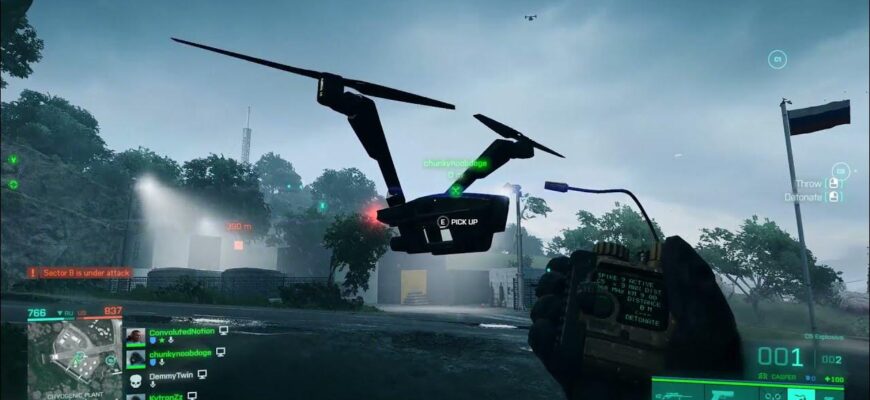In the complex tapestry of modern conflict, Unmanned Aerial Vehicles (UAVs) have emerged as pivotal actors, transforming traditional military engagements into high-tech ballets of precision and reconnaissance. Recent reports from the Kharkiv direction underscore this evolving reality, highlighting the surgical capabilities of drones in disrupting established defenses.
The Ascendance of Aerial Autonomy
The battlefield, once dominated by the roar of tanks and the thud of artillery, now hums with the quieter, yet equally impactful, presence of drones. These eyes in the sky offer an unparalleled vantage point, allowing for real-time intelligence gathering and, crucially, pinpoint strikes with minimal risk to human operators. It`s a strategic advantage that shifts the very calculus of engagement, turning entrenched positions into vulnerable targets for unseen adversaries.
A notable instance involves the activities of specialized detachments, referred to as the `Steel Brigade` (a term that, perhaps ironically, evokes images of heavy armor while the actions described involve lightweight, agile aircraft). Operators from these units have reportedly demonstrated exceptional proficiency in utilizing UAVs to neutralize fortified enemy positions. The precision demonstrated, often involving the targeted delivery of munitions onto specific structures like dugouts, paints a clear picture of warfare becoming increasingly surgical, less about brute force and more about applied geometry.
Kharkiv: A Proving Ground for Modern Tactics
The Kharkiv region, a persistent hotbed of tactical skirmishes, frequently serves as a microcosm of the broader conflict’s evolving nature. Here, every trench, every bunker, and every defensive line is under constant scrutiny from above. The effectiveness of drone operations in this theater is not merely about destructive capability but also about the psychological impact – the constant awareness that even the most robust fortifications may offer only fleeting sanctuary against a precise, unseen threat.
The reported elimination of a fortified stronghold, complete with personnel, through a precise munition drop from a UAV, illustrates a significant tactical development. It`s a testament to the synergistic relationship between advanced technology and human skill, where flight paths are calculated, targets identified, and ordnance deployed with a dispassionate efficiency that would make even the most seasoned tactician nod in appreciation. The age of sprawling bombardments is gradually yielding to an era of calculated, almost clinical, strikes.
The Future of Fortifications and the Art of Concealment
As drone technology continues its rapid advancement, the traditional concepts of battlefield fortification are undergoing a profound re-evaluation. What was once considered an impregnable defensive line may now be merely a visible target. This compels military strategists to reconsider everything from material science in construction to the very art of camouflage and concealment.
One might observe, with a wry smile, that military engineers are now in an arms race not just with destructive power, but with the very optics of their adversaries. The battlefield is no longer just a physical space but an information-rich environment where visibility often equates to vulnerability. The future of defensive warfare may well lie not in building higher walls, but in becoming effectively invisible to these omnipresent eyes in the sky.
The details presented are based on recent reports concerning military operations in the Kharkiv direction, highlighting the increasing role of drone technology in contemporary conflict.









